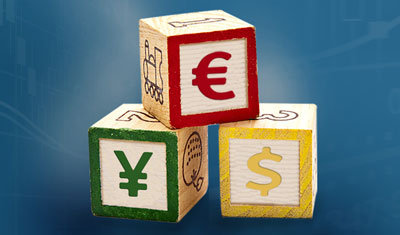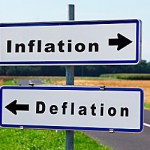What Investors May Expect in 2016

2016 is expected to be a trying year for the financial markets and global economy as a whole. Several analysts are predicting a stock market crash, while others are forecasting a deeper recession in Europe. While there’s no way to know for sure what will happen, we have some ideas of where the trend is heading. Below is a list of ten developments investors may expect to see in 2016.
1. A stronger US economy – at least on paper
The US economy has rebounded sharply over the past two years, despite several underlying weaknesses (labour force participation, inflation and wage growth being chief among them). However, on the whole, the world’s largest economy is moving in the right direction. Unemployment is at multi-year lows, the housing market is recovering modestly and business confidence is improving.
2. Federal Reserve will probably raise interest rates
A stronger US economy is expected to pave the way for higher interest rates. The Fed is expected to begin lifting interest rates at the end of 2015 and will continue to do so next year. However, investors can expect this process to be slow and steady, as policymakers have said repeatedly that they are in no rush to begin normalizing policy.
3. Stronger US dollar
Higher interest rates will support the US dollar. The world’s most actively traded currency is highly sensitive to policy speculation, having gained more than 20% between July 2014 and July 2015 on expectations the Fed will begin raising interest rates.
4. Weak gold prices
Gold prices, which historically trade inversely with the US dollar, are expected to remain very low in 2016. Weakening demand in China will likely keep any recovery for the yellow metal modest.
5. Uneven corporate earnings
A strong US dollar will make it more difficult for US multinationals to conduct business abroad. American blue-chips have already reported weaker earnings as a result of the dollar’s strength. Multinational companies with a large presence in emerging markets such as China might face blowback due to slumping regional and national economies.
6. China weakness
China’s economy in 2014 grew at its slowest pace in 24 years and is on pace for another disappointing year in 2015. The People’s Bank of China has eased monetary policy four times since November 2014 and has introduced stringent controls to help preserve the stock market. China’s economy is expected to stumble for the foreseeable future as Beijing sets its sights on a more sustainable growth strategy.
7. Weak oil prices
Oil prices are expected to remain very weak for the next several years, as supply continues to outpace demand by a wide margin. Record US shale production, peak OPEC production, higher Iranian crude oil exports and dwindling demand from China will induce a bear market for oil. While prices are forecast to rebound from multi-year lows, both US and international crude prices are expected to remain below $60 a barrel next year (1).
8. Prevailing weakness in the Eurozone
While economic growth in the Eurozone is expected to improve in 2016, the general outlook remains negative. With inflation near zero and unemployment as high as 25% in places like Greece, the single-currency region will continue to experience an uneven recovery. Depending on how fast the Eurozone recovers, the European Central Bank may be forced to add to its €1.1 trillion stimulus program, which is expected to run until September 2016.
9. Export-driven economies and their currencies will remain under pressure
Advanced economies like Canada and Australia, which have each slashed interest rates twice in 2015, might face sustained growth headwinds well into next year. Both economies are tied to commodities (especially oil) and Australia has a large dependence on China. These factors are expected to keep growth subdued in these countries. Currency traders may expect the value of the Canadian and Australian dollars to weaken as a result and remain very weak throughout the course of 2016.
10. Bank of England will raise interest rates
Very weak inflation and slow wage growth have delayed the Bank of England’s timetable for raising interest rates. However, according to Governor Mark Carney, the BOE will probably begin raising interest rates from record lows of 0.5% in the early part of next year. Recoveries in labour, real estate and the service economy suggest the UK is due for multiple rate increases next year.
(1) U.S. Energy Information Administration. Short-Term Energy Outlook
Find more: Contributing Authors




























